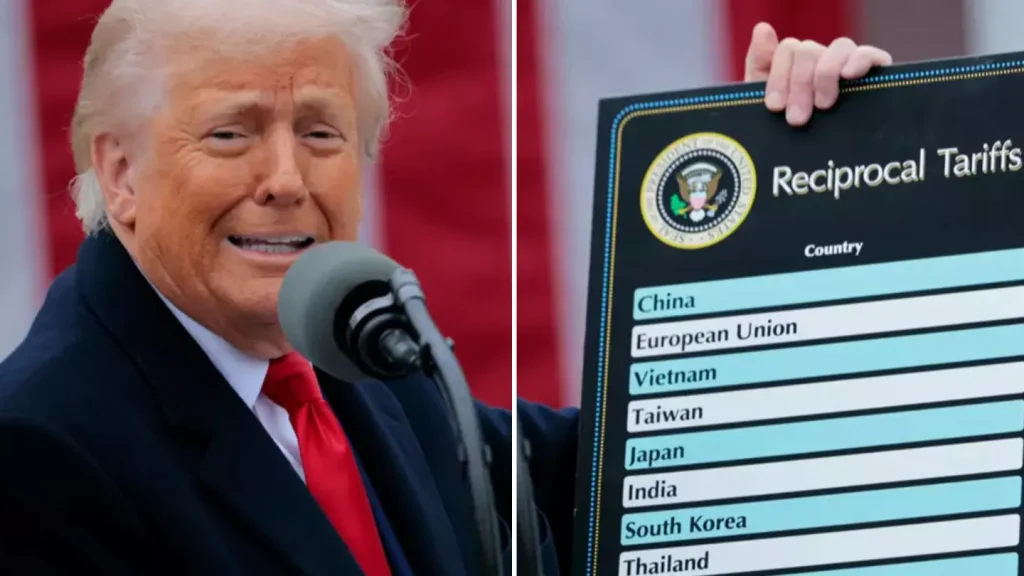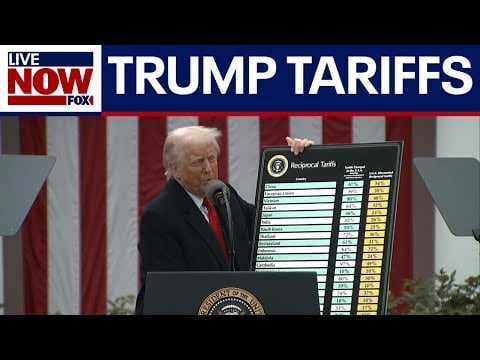Economic specialists tell Americans they need to acquire specific commonly-used products before prices go up because President Donald Trump will enforce his extensive new tariff policies.
The administration recently implemented its new trade policy through general import tariffs at 10% yet applied elevated amounts for distinct products coming from particular countries.
The implemented measures will affect numerous kinds of products that include supermarket staples alongside home utilities.
Immediate Impact on Perishable Goods

Dr. Sung Won Sohn, an economist at Loyola Marymount University in Los Angeles, highlights the immediate effect on perishable items, particularly avocados. “We import 80% of avocados that we consume in America, and those are perishable items, so they will be more expensive immediately,” Dr. Sohn explained to The New York Post.
The price increase wave will rapidly impact bananas together with imported goods such as coffee and tea. Market acceptance of increased prices will be swift because perishable goods require fast-turnover and heavily depend on imports.
Household Appliances and Electronics
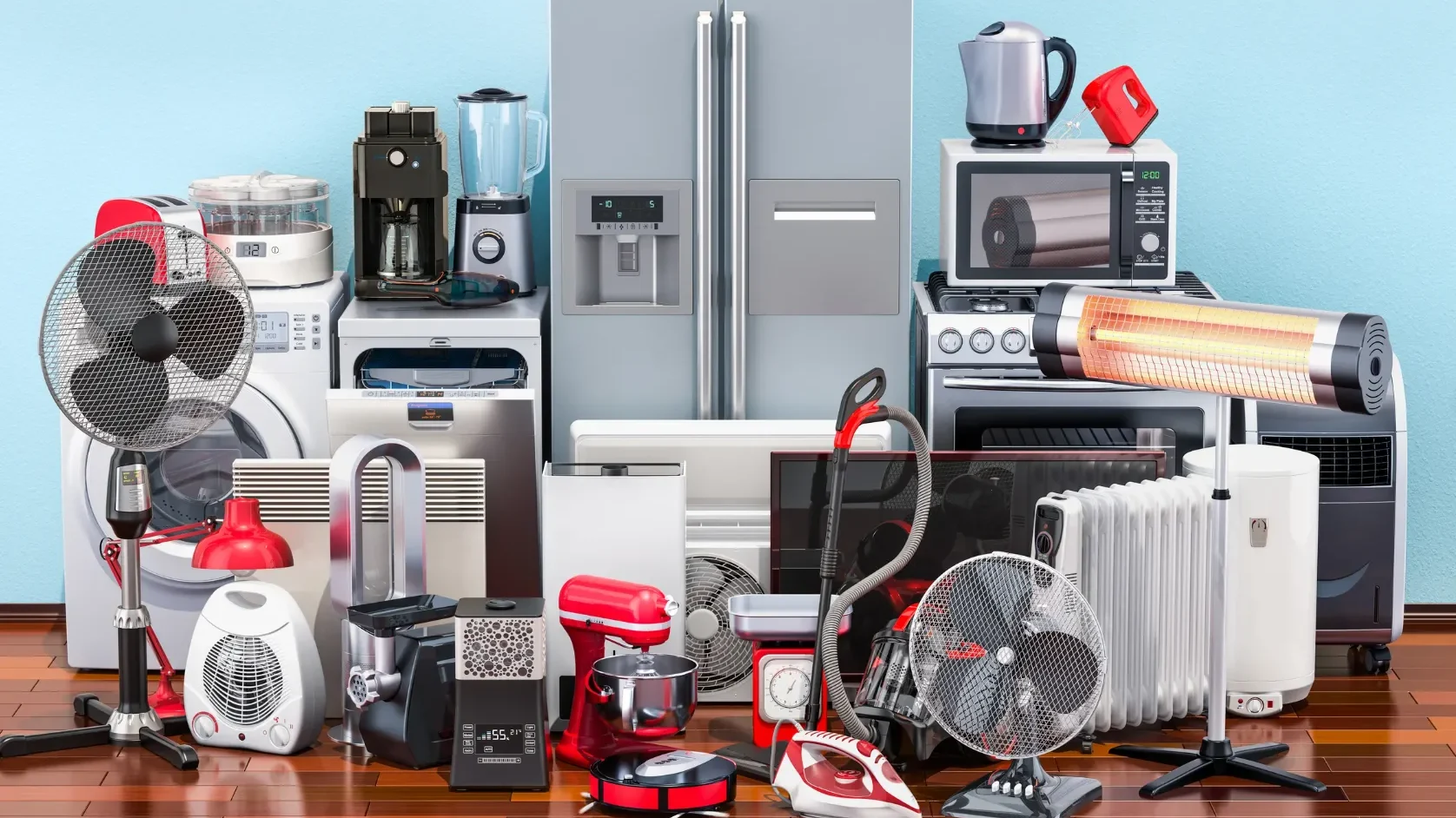
The tariffs which began with food products include household appliances and electronic devices. The rising cost of product import will push washing machines, dryers and blenders towards higher prices that manufacturers must handle.
Numerous market experts expect blender prices to increase from their current $60 point up to an estimated $85. The initial attempt by retailers to cover some expense costs will transition to higher prices for consumers when tariff duration increases.
MarketWatch
Automobiles and Related Components

Radiative pressure affects the automotive sector through the implementation of new tariffs. Automobile imports and automotive parts from Mexico and Canada have to bear a new 25% import fee.
The price growth for new along with used vehicles combined with repair and maintenance expenses is predicted to occur following these developments. Customers who plan to buy a vehicle need to accelerate their buying process according to industry professionals because prices will rise soon.
Furniture and Home Goods

The tariffs applied to imported furniture have increased notably when these products come from China. The U.S. imported $9.4 billion in furniture from China during 2023 yet tariff increases up to 54% will drive consumer prices higher for this category in 2023.
Storealed furniture pieces including couches as well as tables and chairs will likely experience higher prices because of increased costs for retailers.
Consumer Electronics and Apparel
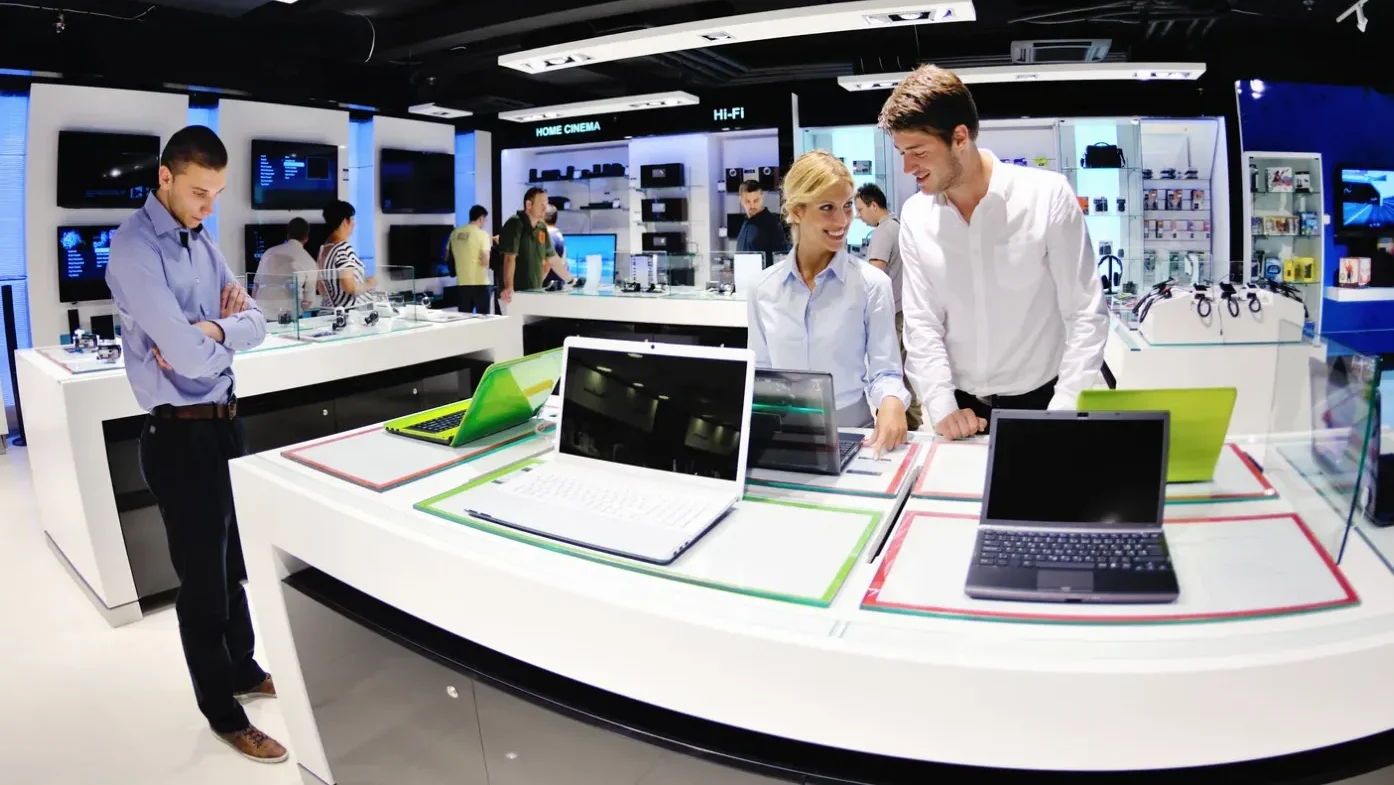
The everyday technologies which include cell phones and personal computers must bear rising tariff costs.
The projected utilization of tariffs could push smartphone prices upward by 26% which would elevate the price of luxury models such as iPhone to levels as high as $2,300.
Yoga pants and ordinary everyday clothing items will join other apparel products in facing price hikes which will reduce consumer spending power on casual wear.
Expert Recommendations
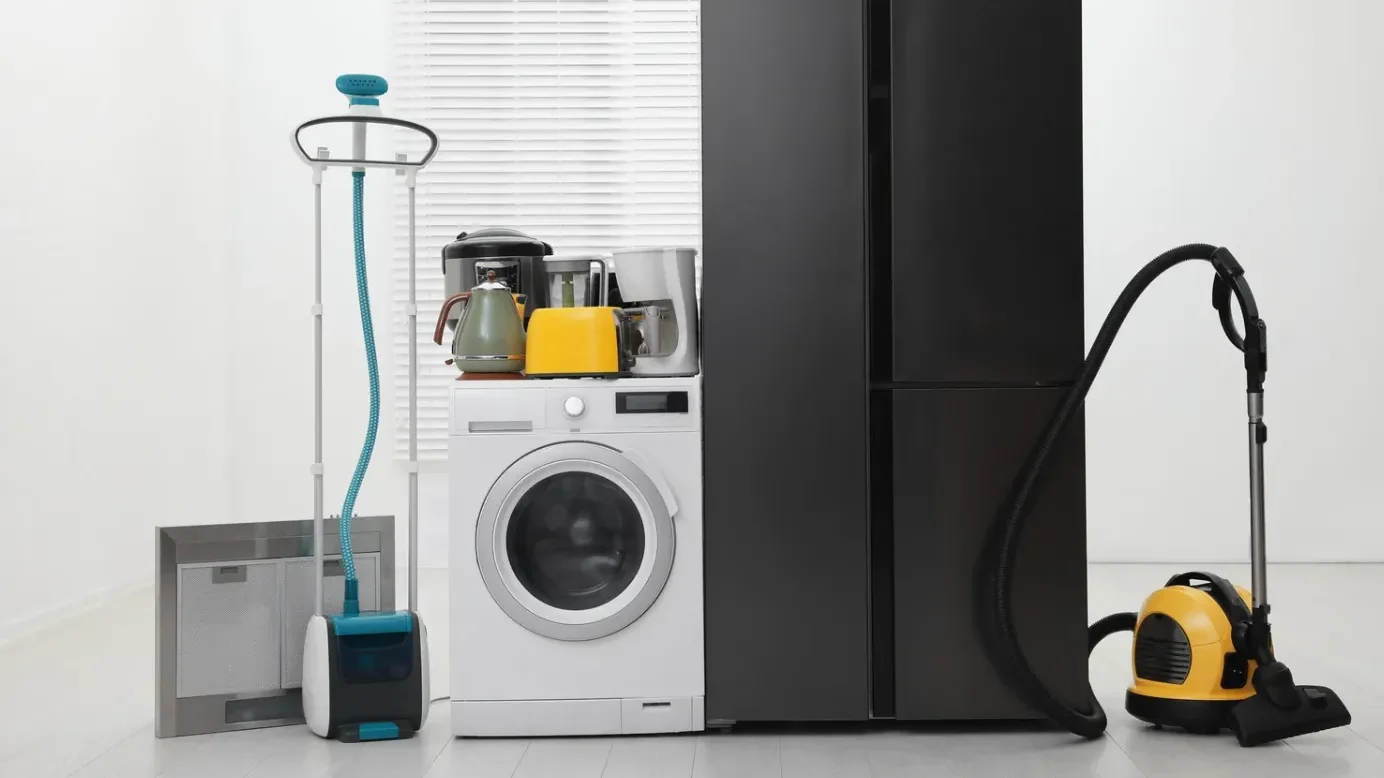
Experts suggest that customers should begin acquiring their fundamental requirements ahead of the forthcoming price surges.
As a preventative step people should buy non-perishable and household items and research high-priced products like home appliances or automobiles before purchasing them to gain financial benefits.
The recommendation for consumers consists of two parts: they should not engage in panic buying yet they need to review their financial resources.
Consumers who choose generic products or consider buying pre-owned goods instead of new ones enable a reduction of the impact that the tariffs will have on their budgets.
Conclusion
President Trump’s newly implemented tariffs will affect prices of everyday items throughout every sector of the market including groceries and electronics. Strategic buying decisions combined with market awareness allow consumers to handle these changes better thus reducing the financial pressure on them.
Featured Image Credit: (LiveNOW from FOX)

